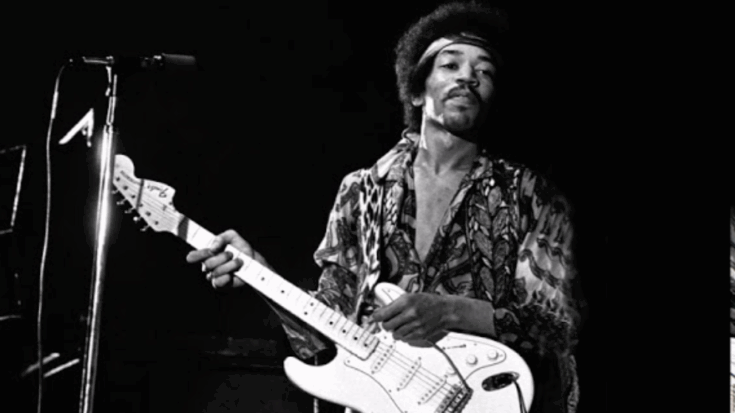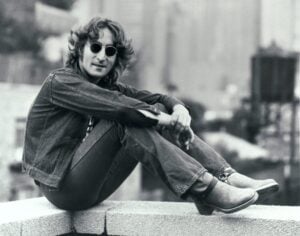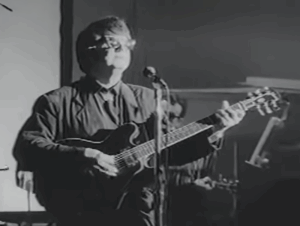The Prog Rock Band That Owes Its Breakthrough to Jimi Hendrix

via Captain Midnight / YouTube
Hendrix Changes the Rules of Rock
Not every band makes it to the top without help, and sometimes a single endorsement can change everything. For Jethro Tull, that voice of support came from none other than Jimi Hendrix.
By the late 1960s, Hendrix had already reshaped rock. His debut Are You Experienced introduced a sound no one had heard before. While Eric Clapton was considered the gold standard at the time, even his fiery playing felt restrained compared to what Hendrix was doing nightly on stage. Songs like “Purple Haze” didn’t just climb the charts—they forced record executives to rethink what rock music could be.
Suddenly, guitar-driven rock didn’t have to aim at the pop market. Hendrix brought together soul, blues, and improvisation, creating a space where more experimental music could find its audience. He wasn’t afraid of unusual collaborations or stretching beyond the radio-friendly format. Many fans and musicians later noted that Hendrix himself seemed to be moving toward progressive rock before his untimely death.
View this post on Instagram
The Seeds of Prog Rock
Albums like Electric Ladyland offered sprawling, layered sounds, while live performances such as “Machine Gun” with Band of Gypsys revealed touches of jazz fusion woven into heavy guitar work. Hendrix’s creative outlook caught the attention of jazz icons like Miles Davis, who hoped to work with him. Yet, Hendrix also paid attention to younger acts starting to make noise in underground clubs.
One of his early boosts went to Arthur Brown, whose hit “Fire” caught traction after Hendrix encouraged radio DJs to give it airplay. But perhaps his most lasting influence in this area came when he noticed Jethro Tull, a band that was only beginning to shape its identity.
Jimi Hendrix and Jethro Tull
Frontman Ian Anderson recalled that Hendrix gave the band one of their earliest breaks. “Jimi Hendrix was one of the reasons that Jethro Tull got noticed in much of Europe,” Anderson explained. “Because he was, I think, slightly impressed by Jethro Tull when we were the opening act for him in Stockholm early in 1969. He then told our German promoter of this band that he’d seen and recommended that we might be an act that was worth booking.”
That recommendation carried weight. At the time, Jethro Tull’s sound was still evolving, blending blues roots with Anderson’s flute-driven melodies and theatrical stage presence. Hendrix’s praise signaled that the band was worth paying attention to, and European promoters began taking them more seriously.
Lasting Influence and Shared Innovation
While Hendrix and Jethro Tull sounded very different on the surface, both thrived on pushing beyond tradition. Hendrix could switch between blues, funk, and psychedelic tones in a single performance, while Tull leaned toward eccentric arrangements that blurred rock, folk, and classical elements.
Anderson later reflected on Hendrix’s forward-looking creativity, recognizing in him the same spirit of innovation that Tull tried to capture in their music. The two acts may not have shared the same stage for long, but Hendrix’s approval gave Tull a valuable boost at a crucial moment.
What Might Have Been
It remains impossible to know where Hendrix’s career would have gone had he lived past 27. But many signs suggest he was moving toward longer, more experimental forms that would have fit naturally alongside progressive rock. His early records already hinted at it—extended jams, unexpected genre shifts, and a willingness to break rules others were still following.
For Jethro Tull, his support helped open doors. For the wider music world, his influence hinted that prog rock might have found one of its strongest champions in him, had his story not been cut short.













